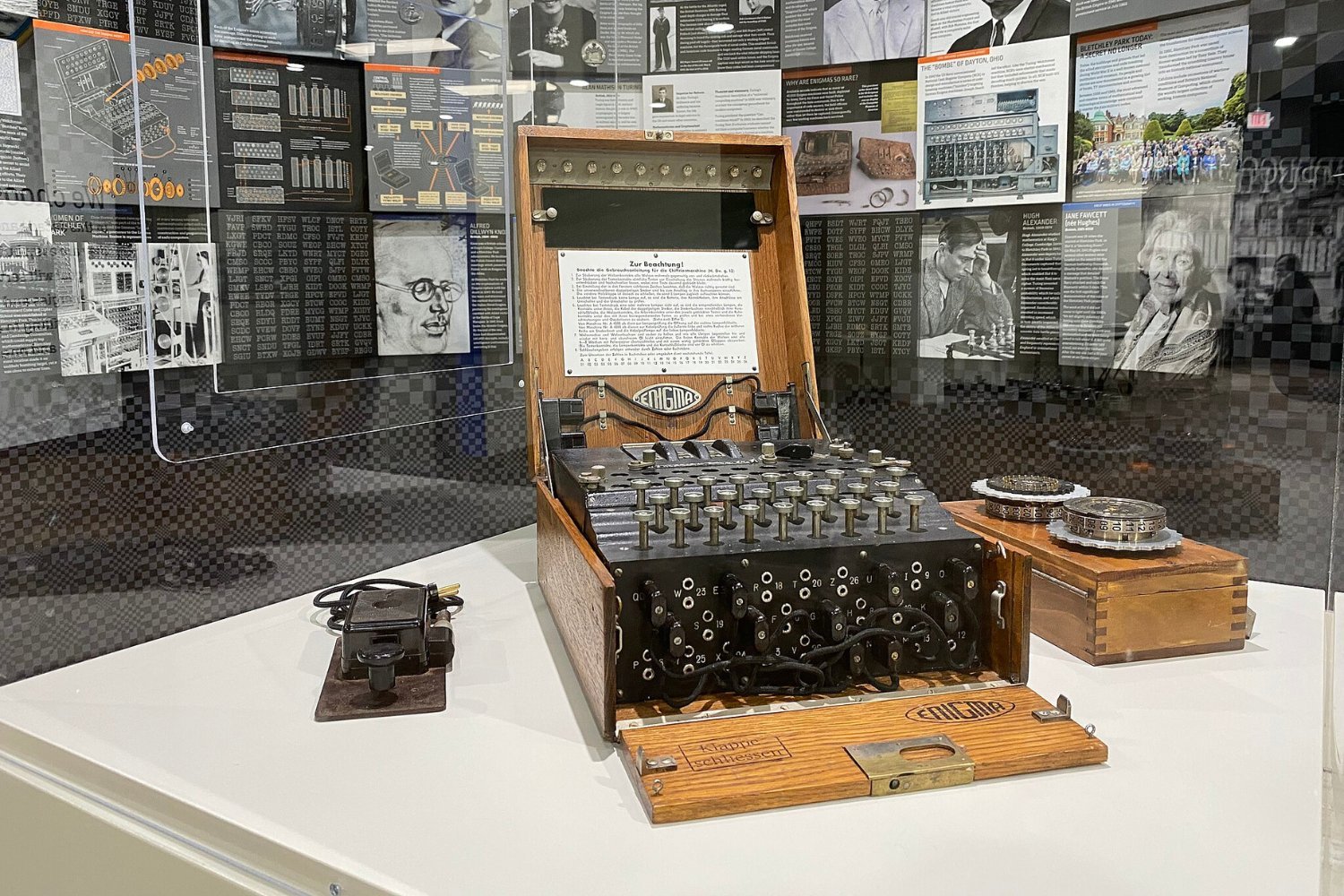
The Enigma Code: A Relic of the Past in the Age of AI
During World War II, the German military employed the Enigma machine to encrypt their communications, safeguarding vital secrets from the Allied forces. Breaking this code became a monumental task, consuming the efforts of brilliant mathematicians and cryptologists like Alan Turing. However, in today’s world of advanced computing and artificial intelligence, the Enigma’s once formidable encryption would crumble with ease, highlighting the incredible progress made in the field of computer science.
The Enigma machine’s strength lay in its complexity. Its intricate system of rotors, plugboards, and reflectors generated an astronomical number of possible encryption combinations, rendering manual decryption virtually impossible. As Professor Michael Wooldridge of the University of Oxford explained, the sheer scale of possibilities was "far, far too large for a human to exhaustively check."
In the 1930s, Polish cryptologists were the first to seriously tackle the Enigma challenge. Recognizing the urgency of the situation, they embarked on the arduous journey of deciphering the machine’s secrets. They ingeniously developed electromechanical devices known as "bombas" or "bombes," which were designed to automate the process of decrypting Enigma messages. These machines worked by rapidly testing different rotor configurations and plugboard settings, searching for patterns that matched known plaintext.
However, the Germans continued to enhance the Enigma machine’s complexity, adding more rotors and increasing the number of possible settings. Recognizing the escalating threat of German invasion, Poland’s intelligence bureau made a crucial decision: they shared their groundbreaking work with the British and French. This act of collaboration proved pivotal in the Allied effort to break the Enigma code.
In Britain, a team led by Alan Turing built upon the foundation laid by the Polish cryptologists. They refined the design of the bombes, making them more efficient and effective. The British team also exploited inherent weaknesses in the Enigma codes, such as the fact that no letter could ever be encrypted as itself. This limitation provided valuable clues that helped narrow down the range of possible solutions.
The bombes were essentially mechanical computers that automated the painstaking process of sifting through the vast number of possible Enigma decryptions. As Wooldridge noted, these machines were the precursors to the modern computers and AI systems that we rely on today.
Modern artificial intelligence is adept at pattern recognition and data analysis. AI algorithms are trained to identify subtle relationships and anomalies within massive datasets. This capability makes them ideally suited for tasks that would take humans an exorbitant amount of time to complete manually.
Given the progress in computer science, Wooldridge believes that the logic of the bombes could be easily replicated in a modern computer program, such as ChatGPT. With the immense processing power of contemporary computers, the laborious work of the bombes could be accomplished in a matter of moments. "Enigma would not remotely be a match for these," Wooldridge asserts.
When ChatGPT was asked to confirm Wooldridge’s assessment, it concurred. "Wooldridge’s quote is broadly accurate: Enigma would not stand a chance today. But it’s not because AI like ChatGPT alone can break it—it’s because modern computing can trivially simulate what the Allied bombes did, and do so much faster."
Despite the relative ease with which modern technology could crack the Enigma code, it is important to recognize the magnitude of Turing and his colleagues’ accomplishment. Their efforts were instrumental in shortening the war by an estimated two years, saving countless lives and altering the course of history.
The Enigma project was a triumph of human ingenuity and collaboration. Turing and his team faced an unprecedented challenge, and they overcame it through a combination of mathematical brilliance, engineering skill, and unwavering determination. They laid the foundation for the field of computer science, and their legacy continues to inspire scientists and engineers today.
The fact that modern computers and AI can easily break the Enigma code does not diminish the significance of Turing’s work. Instead, it highlights the remarkable progress that has been made in computer science since the 1940s. Turing’s insights and innovations were groundbreaking for his time, and they paved the way for the development of the powerful computing technologies that we use today.
The Enigma story serves as a reminder of the ever-evolving nature of technology. What was once considered unbreakable can become vulnerable in the face of new advancements. It also underscores the importance of human ingenuity and collaboration in overcoming seemingly insurmountable challenges. The breaking of the Enigma code stands as a testament to the power of human intellect and the transformative potential of technology.
